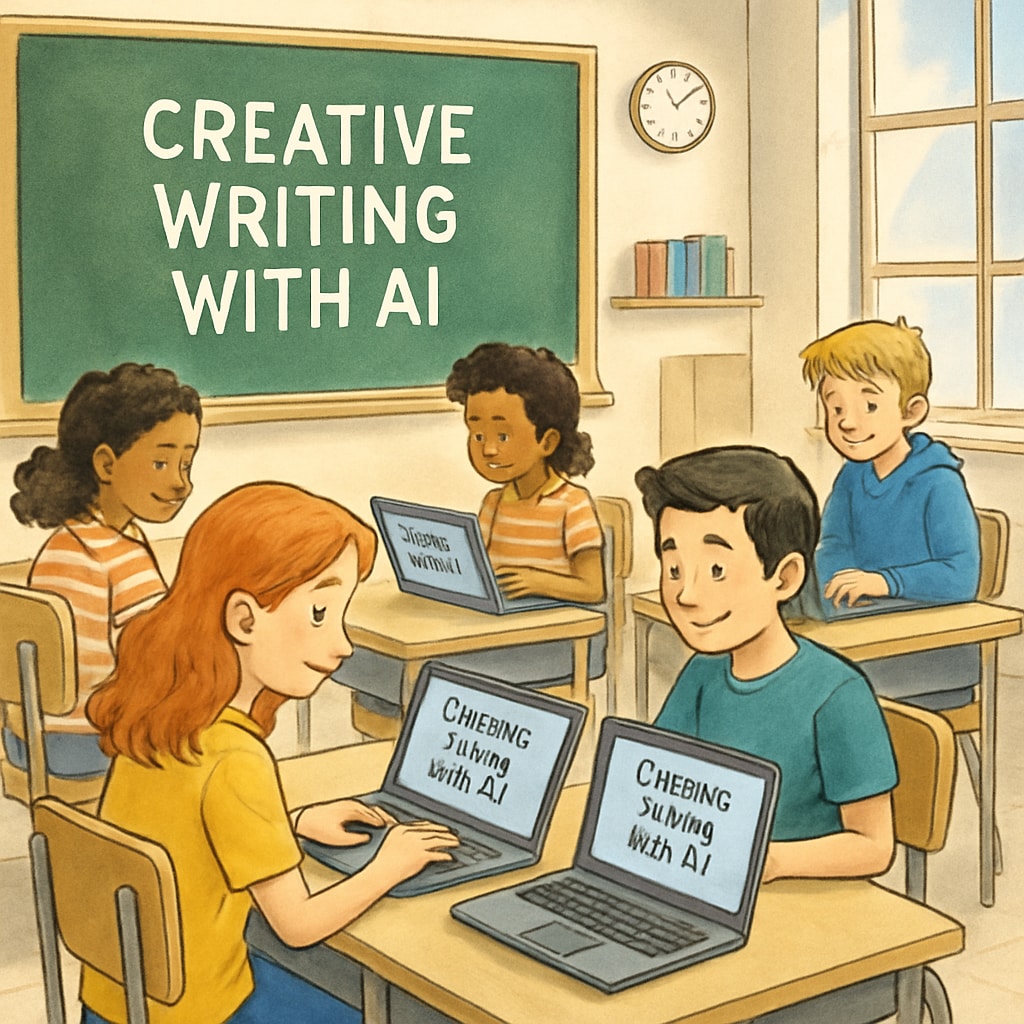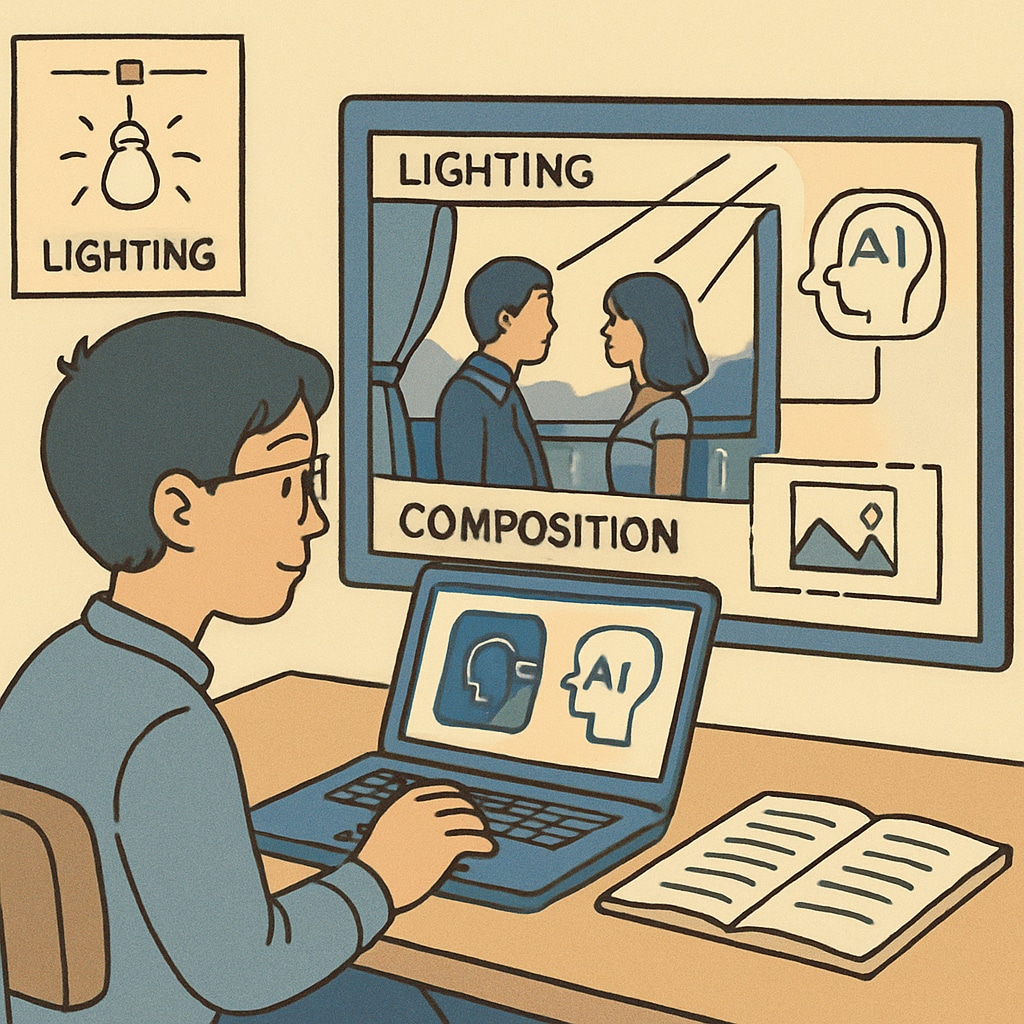In today’s interconnected world, fostering media literacy among students is more crucial than ever. With the rise of digital media, educators must equip learners with the skills to analyze, interpret, and create content responsibly. Innovative AI tools, such as free AI writing prompts, are emerging as valuable resources for enhancing media literacy education. By integrating these tools into structured creative activities, educators can cultivate critical thinking, visual storytelling abilities, and analytical skills in 9-12 grade students.
Why Media Literacy Matters in the Digital Age
Media literacy goes beyond understanding how media works—it enables students to critically assess the information they consume and produce. With the prevalence of misinformation and digital manipulation, this skill has become essential for navigating modern media landscapes. AI-driven tools provide educators with dynamic ways to engage students, allowing them to explore narrative structures, evaluate visual elements, and practice ethical storytelling.

How AI Tools Are Transforming Media Literacy Education
AI tools offer unique advantages for enhancing media literacy education. They provide personalized learning experiences, streamline creative processes, and enable deeper exploration of visual and narrative concepts. Here are five innovative strategies that educators can adopt:
- Guided Writing Prompts: AI-generated writing prompts encourage students to explore diverse perspectives and develop coherent arguments.
- Visual Analysis Tools: AI-powered platforms can help students dissect visual media, identifying key elements like color, composition, and symbolism.
- Collaborative Storytelling: AI tools enable students to co-create narratives, fostering teamwork and creativity.
- Real-Time Feedback: AI systems provide instant feedback on grammar, structure, and tone, helping students refine their work.
- Scenario Simulations: Using AI, students can simulate real-world media challenges, such as identifying bias or verifying sources.
For example, platforms like OpenAI’s ChatGPT can generate customized writing prompts that challenge students to think critically about current events or analyze the influence of media on public opinion. Similarly, AI-driven visual analysis tools can guide students in interpreting the narrative intentions behind film scenes or advertisements.

Practical Tips for Educators
Integrating AI tools into classrooms doesn’t have to be overwhelming. Here are some tips to get started:
- Select Accessible Tools: Choose user-friendly AI platforms that cater to the needs of middle and high school students.
- Combine AI with Traditional Methods: Use AI tools to complement hands-on activities, such as group discussions or live storytelling exercises.
- Focus on Ethical Use: Teach students about the ethical implications of AI and the importance of responsible media creation.
- Encourage Exploration: Allow students to experiment with AI tools, fostering curiosity and creativity.
- Monitor Engagement: Regularly assess how students interact with AI to ensure the tools are meeting educational goals.
As a result, educators can empower students to become more discerning media consumers and creators, preparing them for the challenges of the digital age.
The Future of AI in Media Literacy Education
As AI technology continues to evolve, its role in education will expand. Future developments may include AI-driven platforms that integrate multimedia analysis, offering students a comprehensive understanding of how text, visuals, and audio work together to convey messages. These advancements could further enhance critical thinking and creative skills, ensuring students are equipped to thrive in a media-rich world.
In addition, educators and institutions must prioritize accessibility, ensuring that all students, regardless of background, can benefit from AI tools. Collaboration between AI developers, educators, and policymakers will be key to achieving this goal.
By harnessing the power of AI tools, educators can revolutionize media literacy education, fostering critical thinkers and skilled storytellers who are ready to navigate the complexities of modern media.


